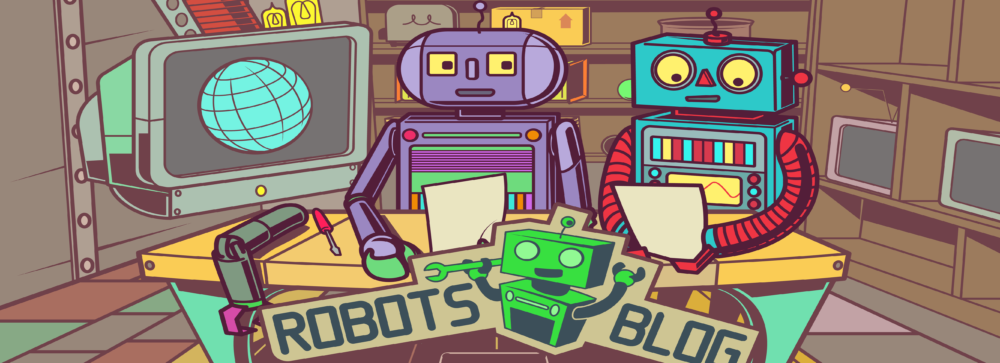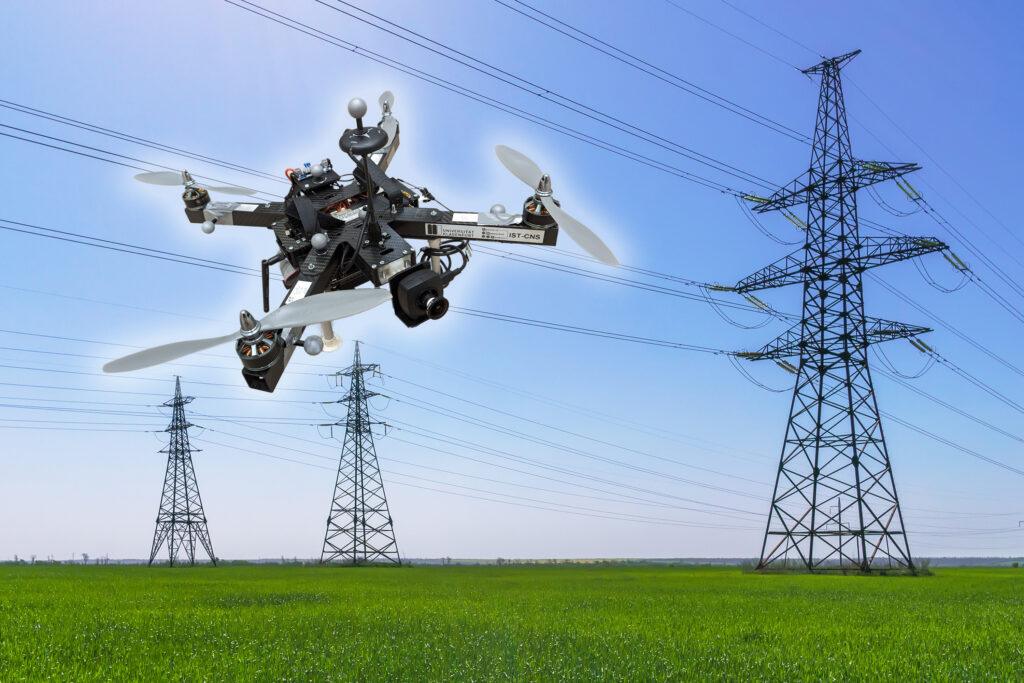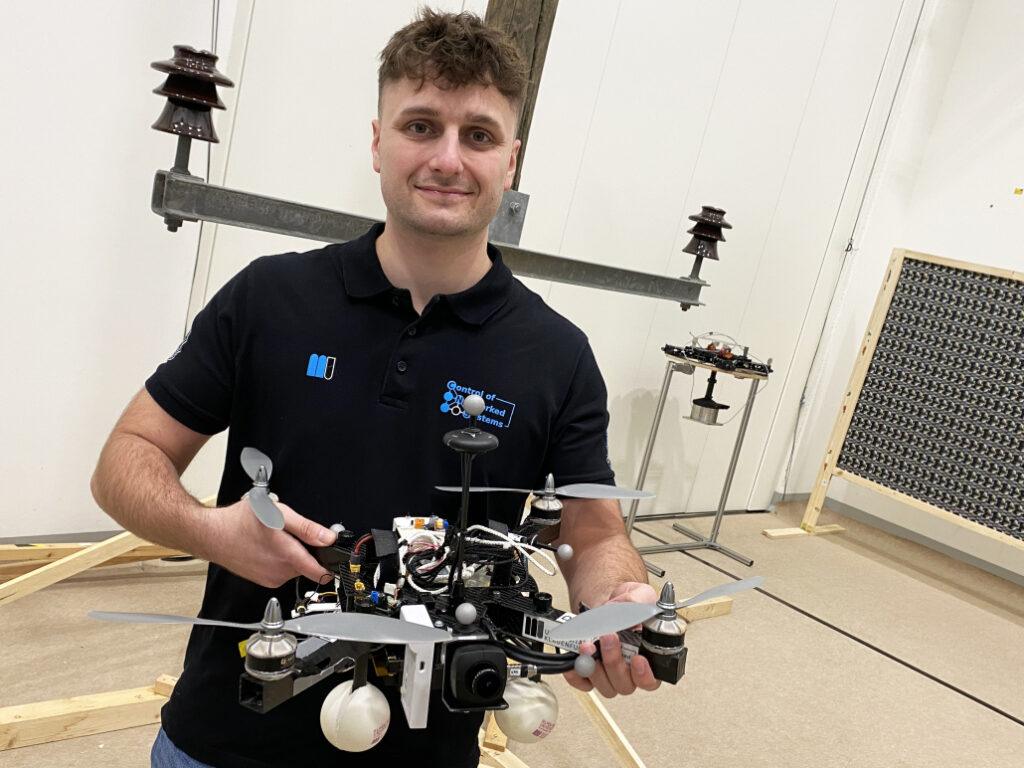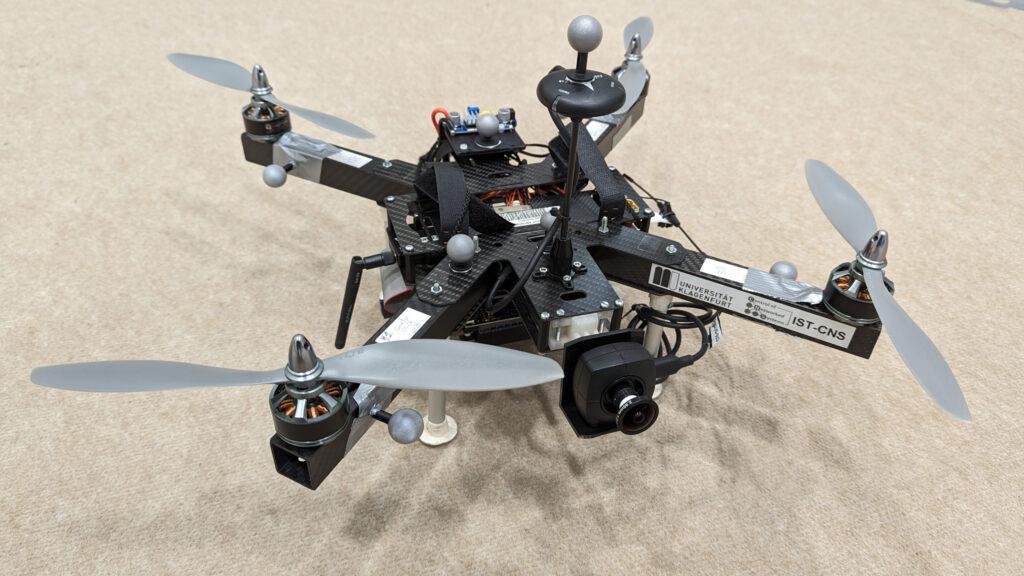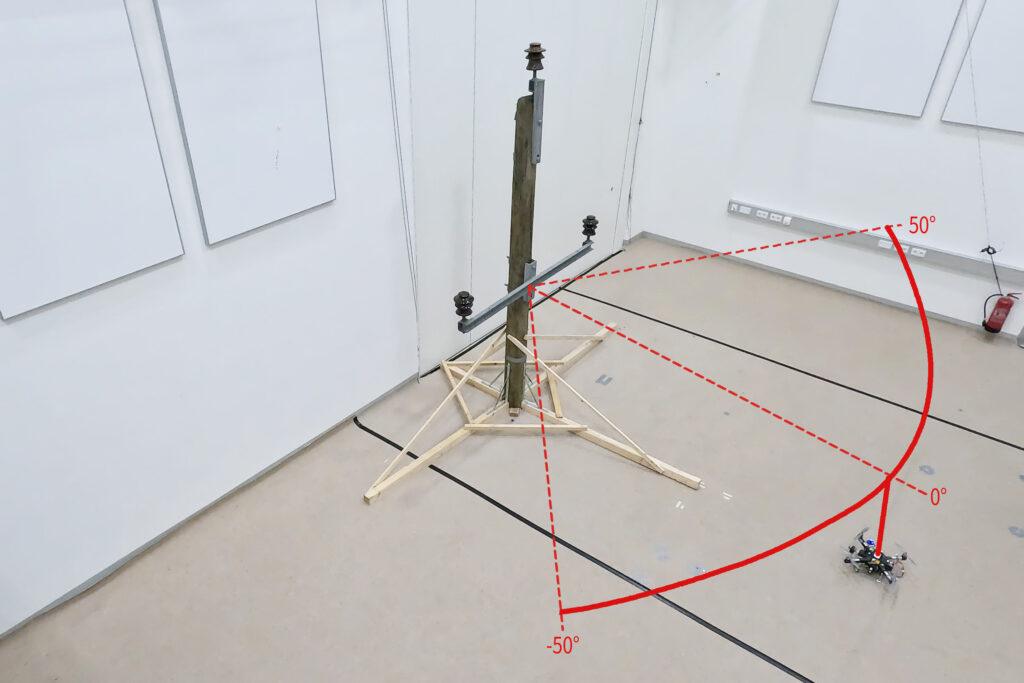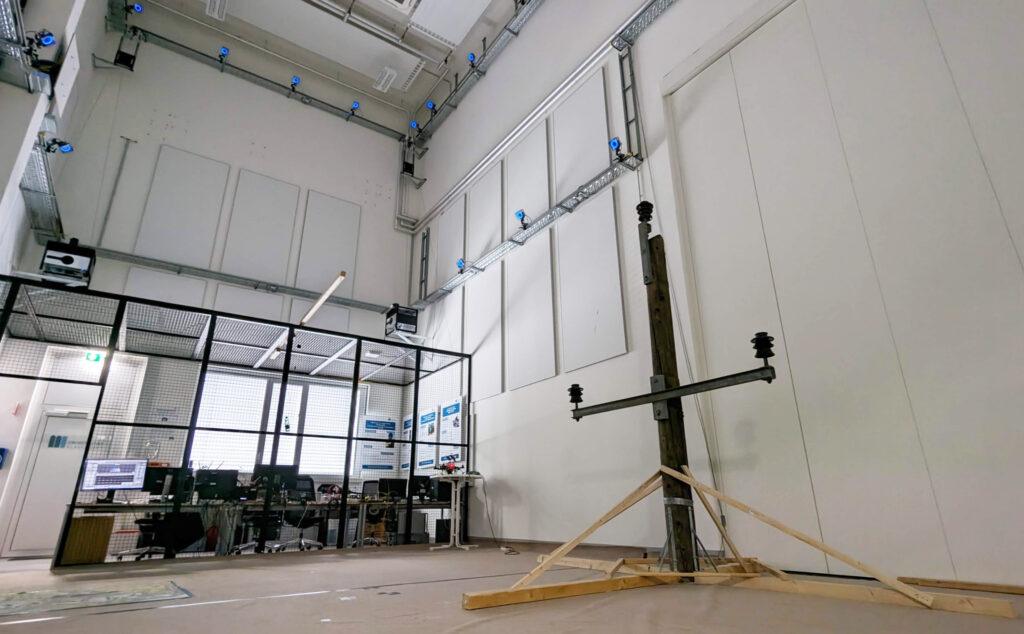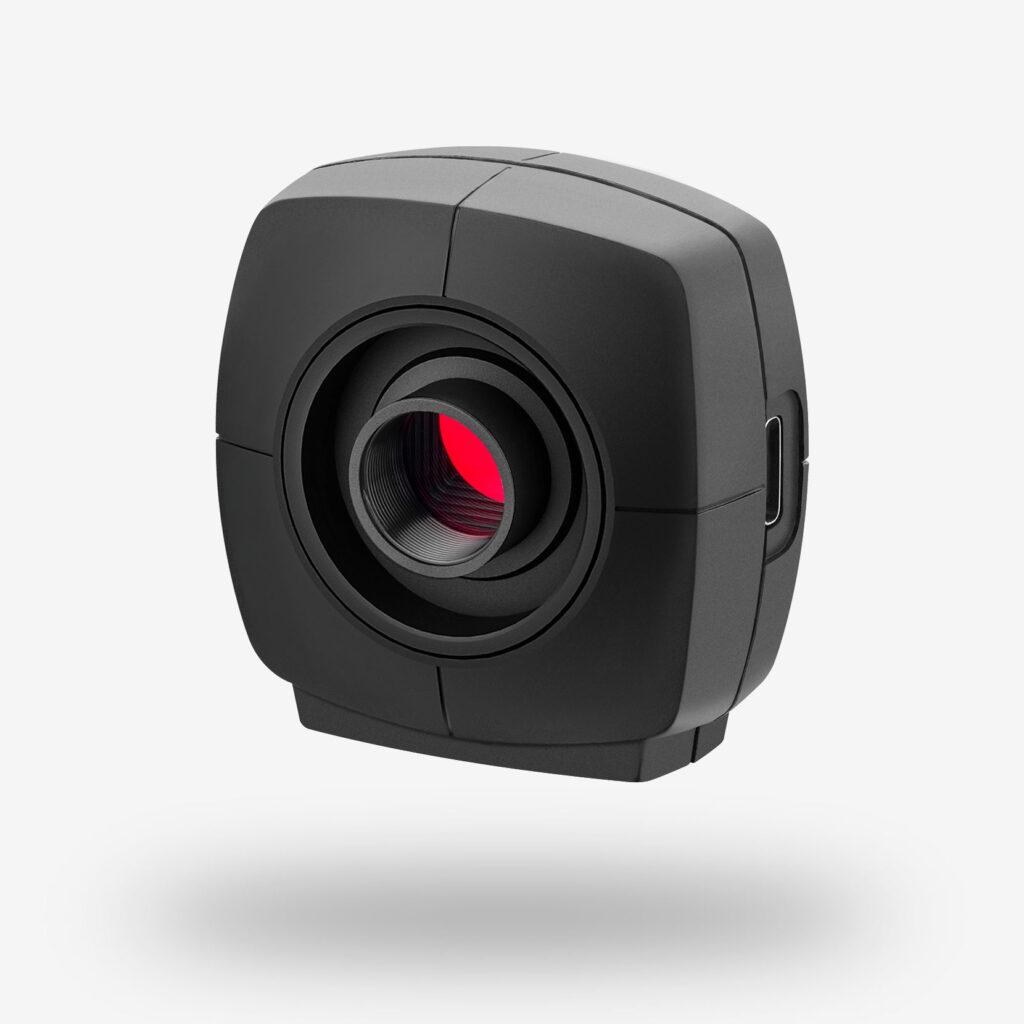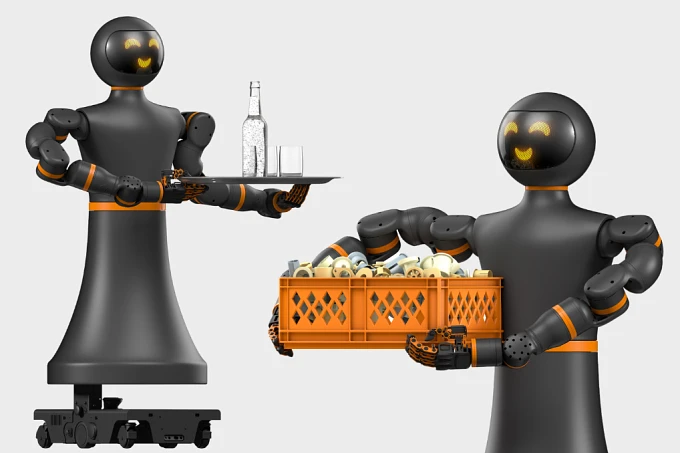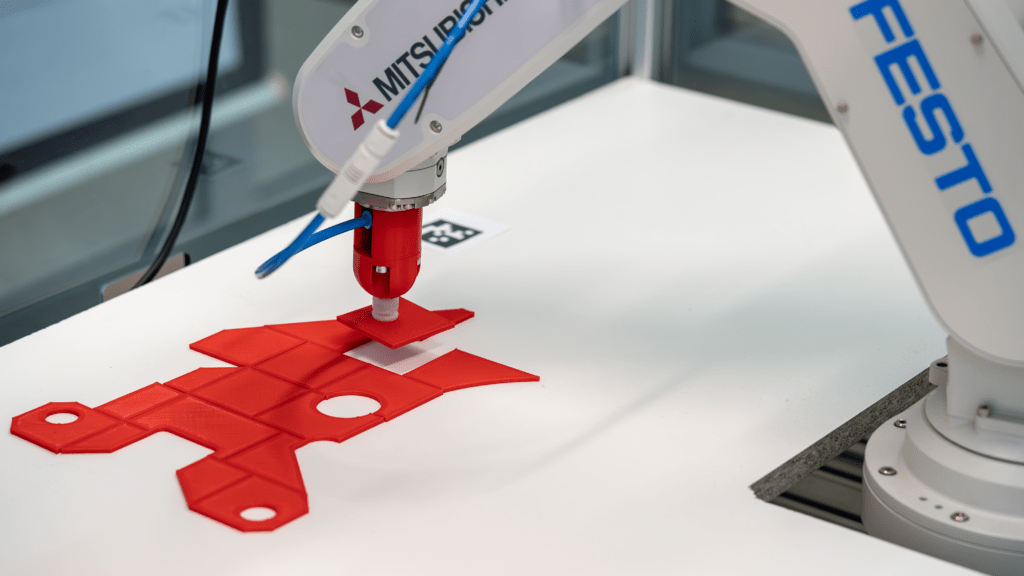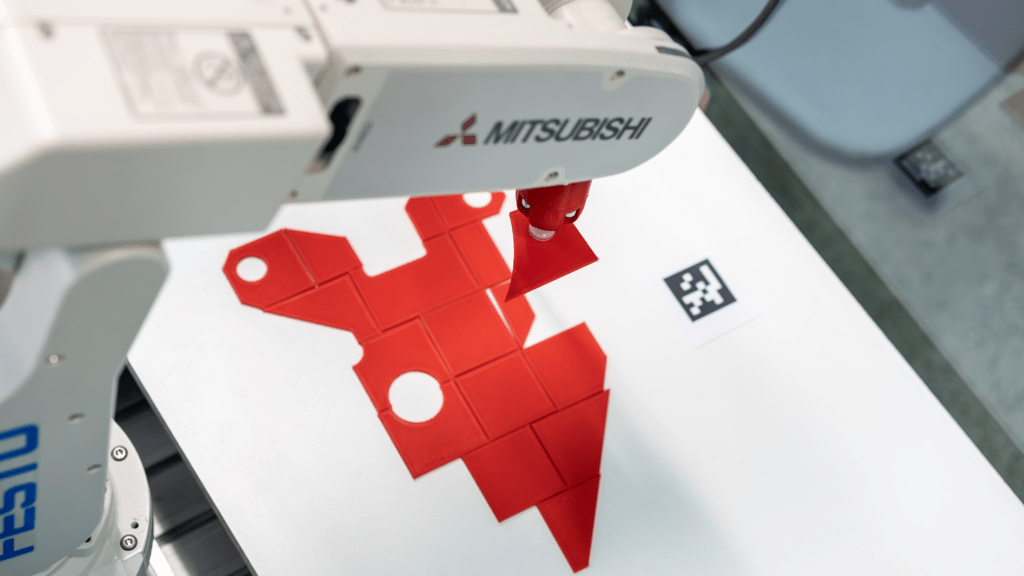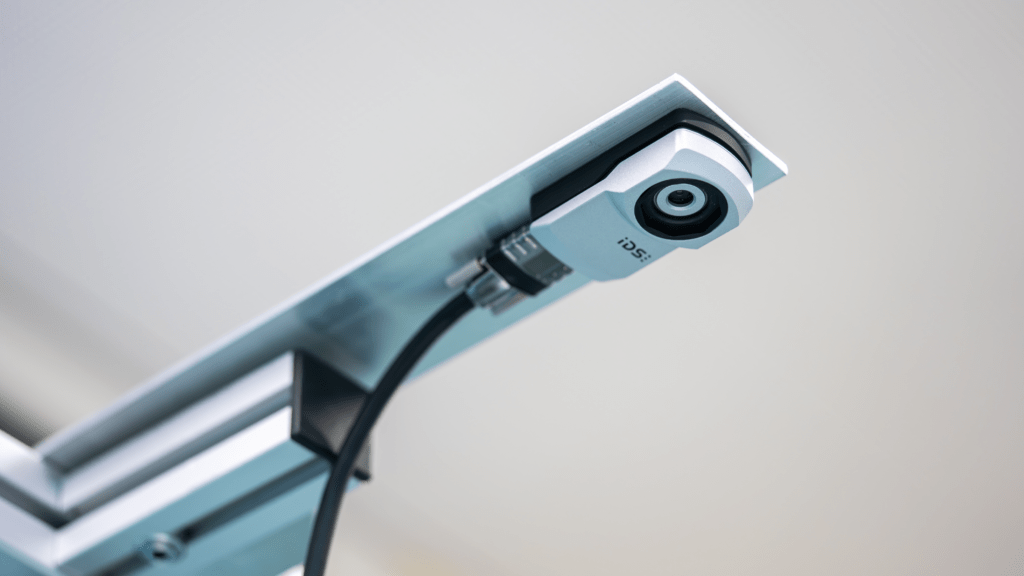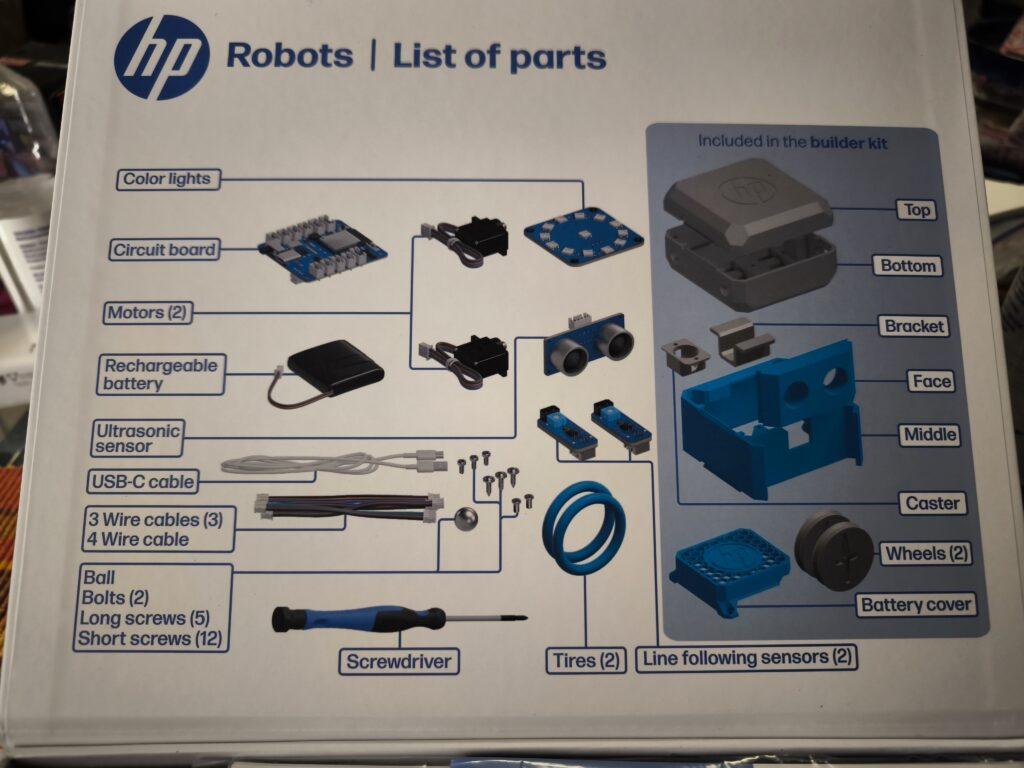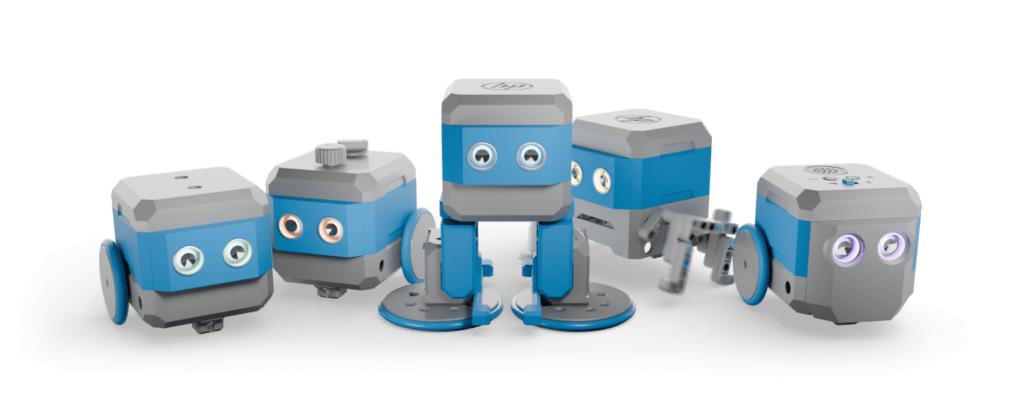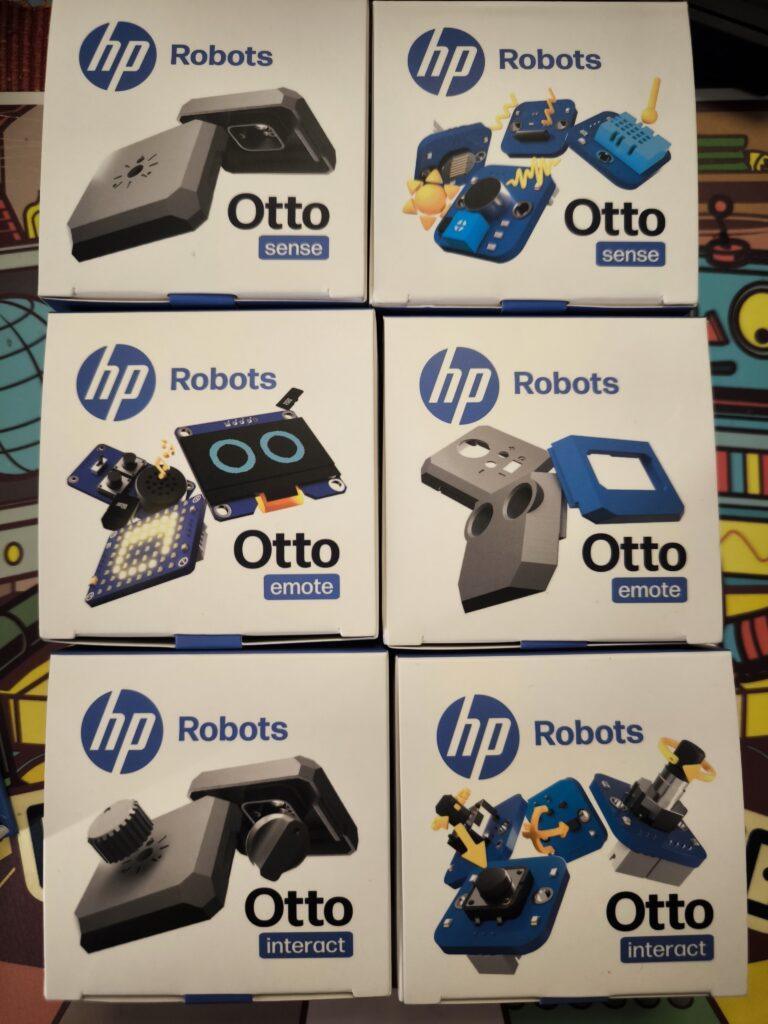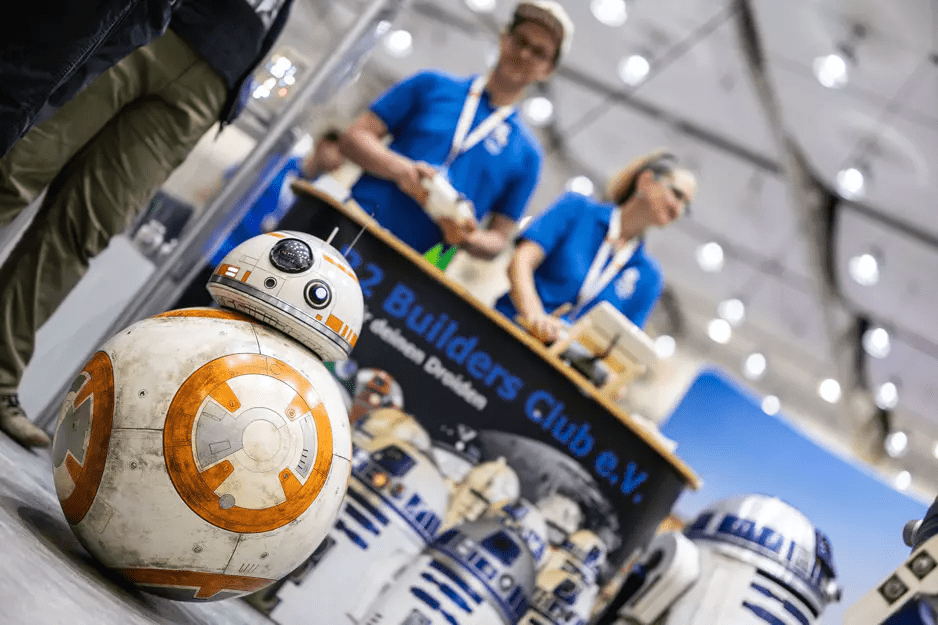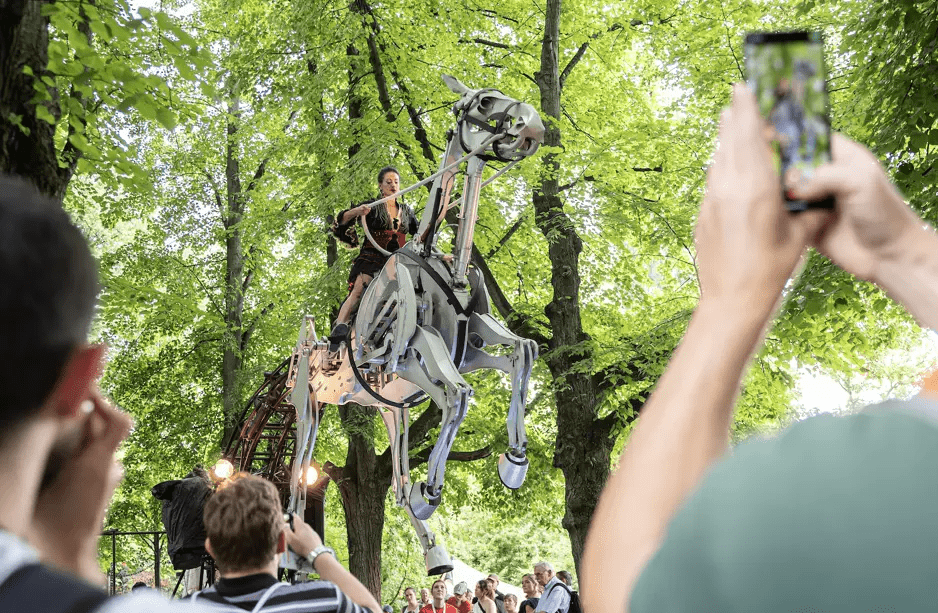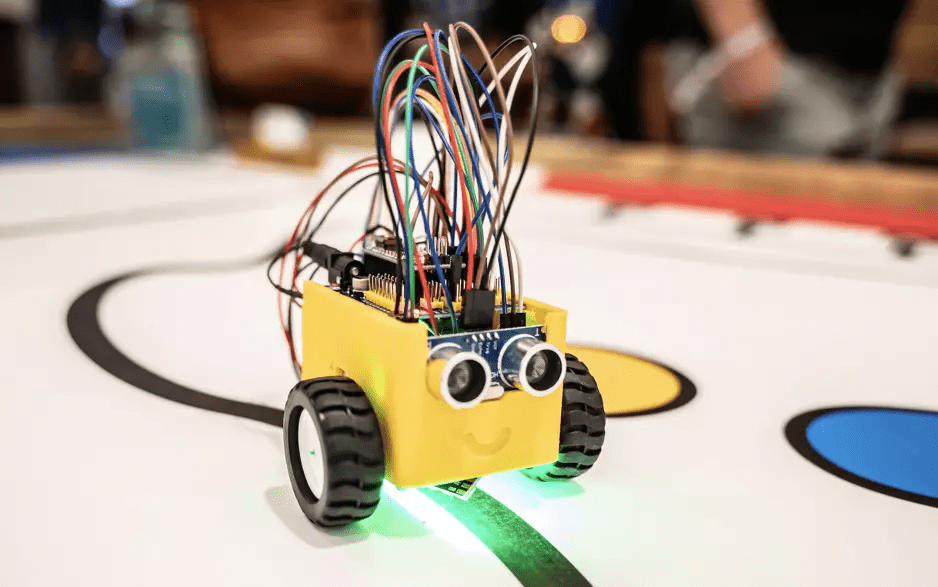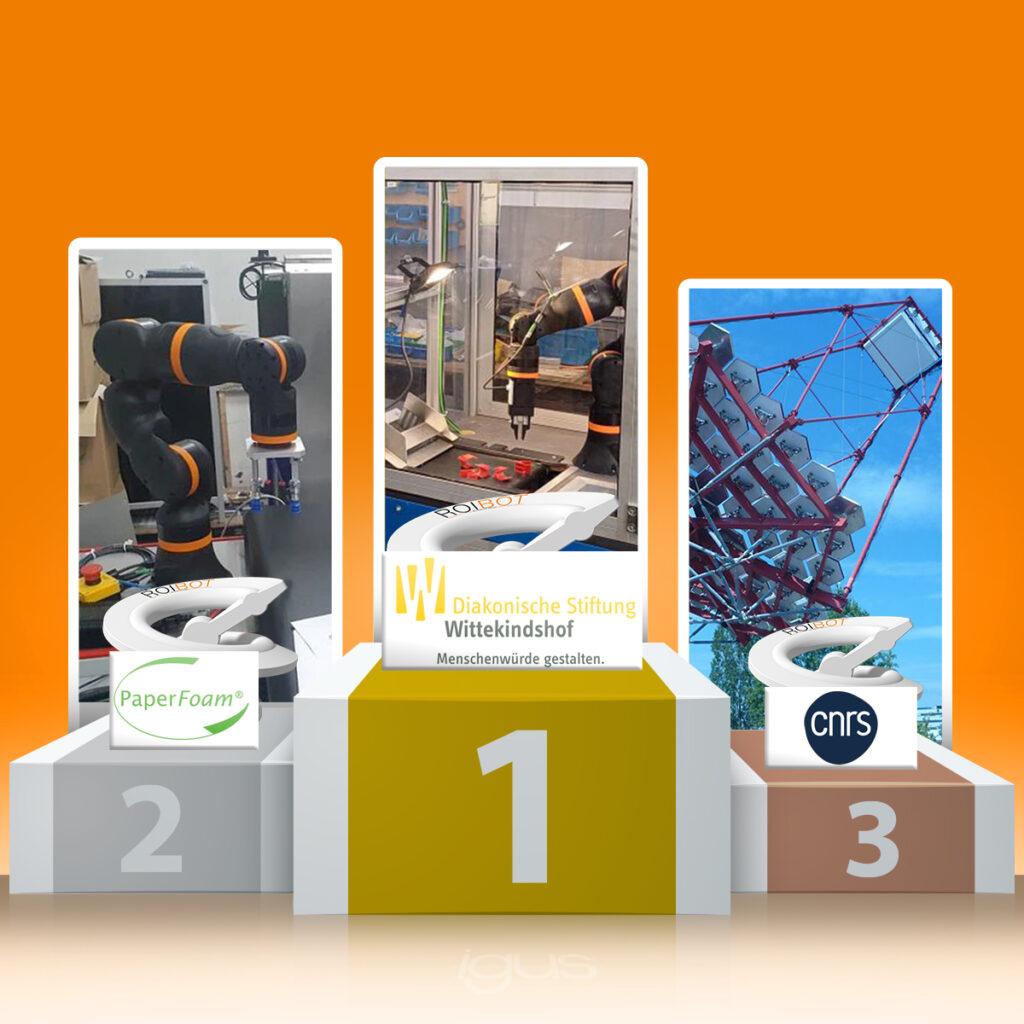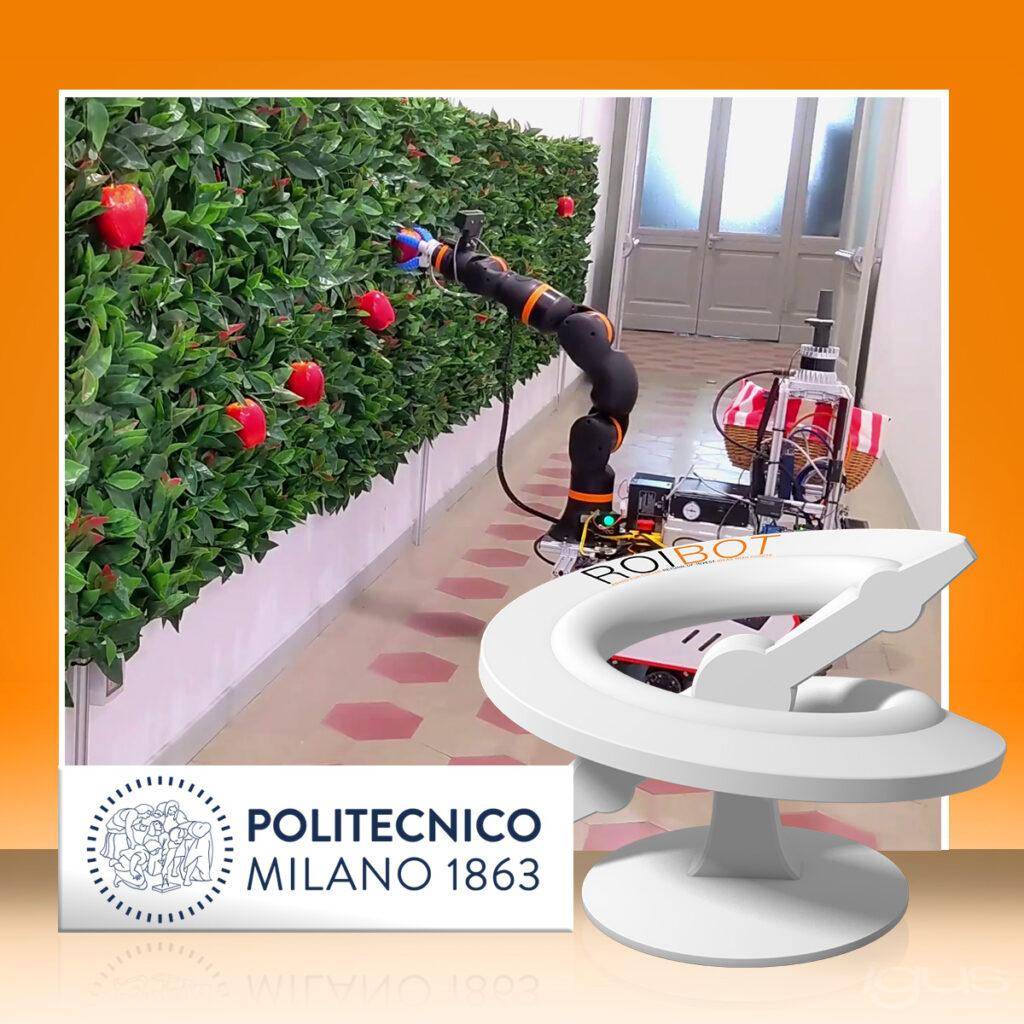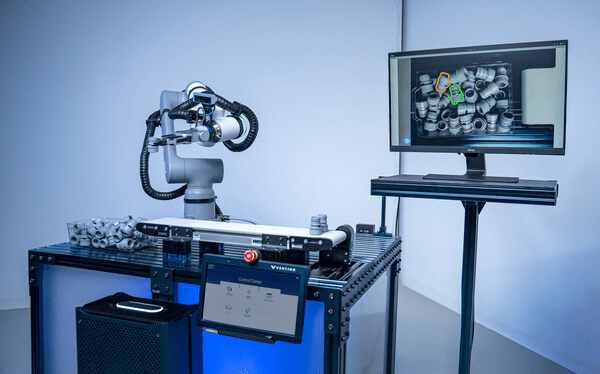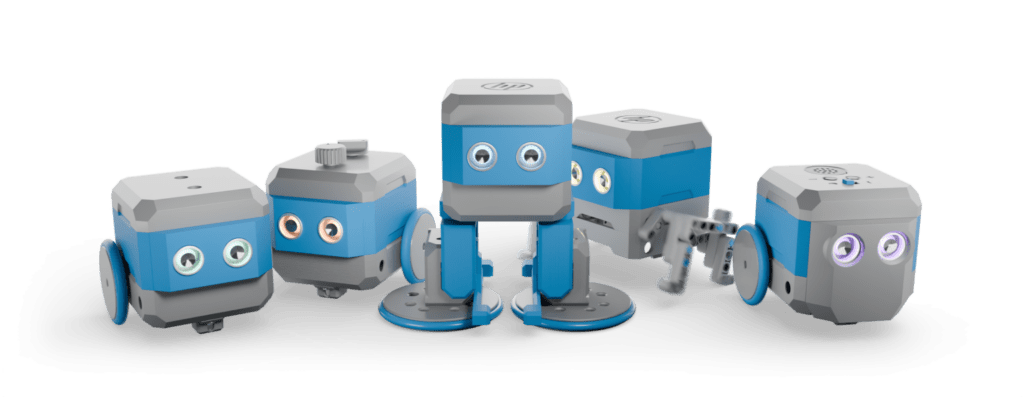Mit BurgerBots, einem richtungsweisenden Restaurantkonzept, das im kalifornischen Los Gatos realisiert wurde, serviert ABB die Zukunft des Fast Food. In der automatisierten Küche, die stets perfekt zubereitete Burger produziert, stellen der ABB-Deltaroboter IRB 360 FlexPicker sowie der kollaborative ABB-Roboter YuMi die Speisen mit hoher Präzision und Geschwindigkeit zusammen. Gleichzeitig wird der Bestand an Zutaten genau überwacht, sodass sich das Personal ganz auf das Kundenerlebnis konzentrieren kann.
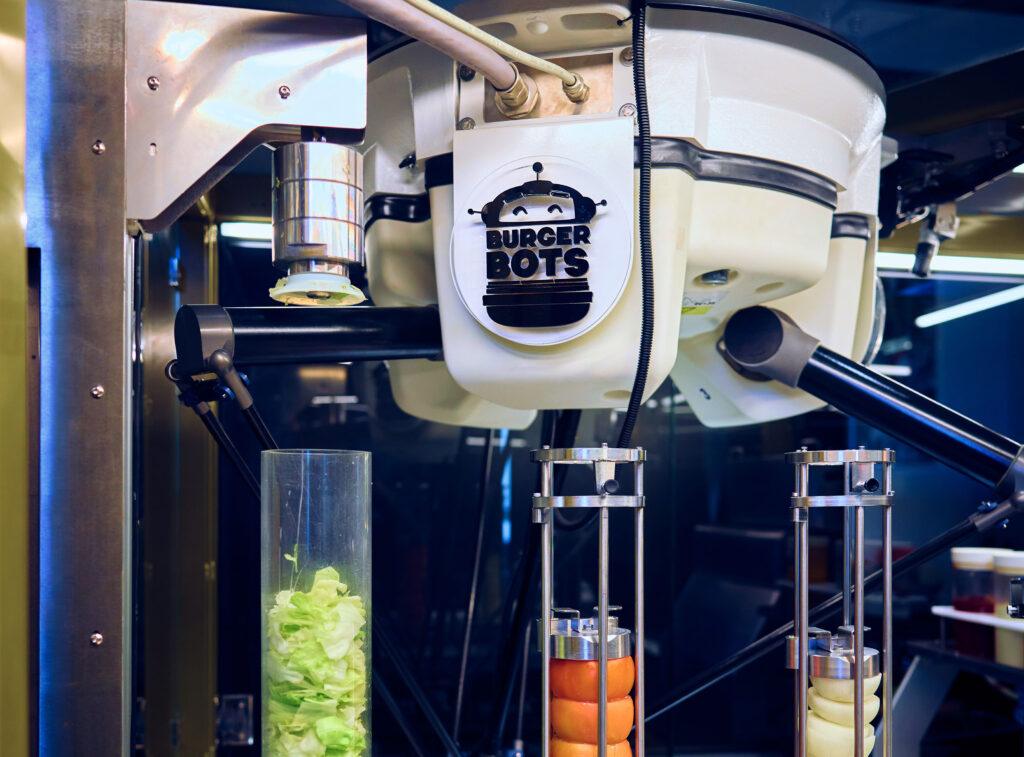
„Die Integration von ABB-Robotern in das Restaurantkonzept von BurgerBots zeigt, welches enorme Potenzial die Automatisierung über das Fabrikumfeld hinaus bietet“, betont Marc Segura, Leiter der Robotics-Division von ABB. „Die Gastronomiebranche ist äußerst dynamisch und anspruchsvoll, und unsere Technologie ermöglicht ihr eine Konsistenz, Effizienz und Zuverlässigkeit auf industriellem Niveau. Laut unserer Umfrage sind 89 Prozent der Führungskräfte und 73 Prozent der Arbeitskräfte im Gastgewerbe offen für die Integration von Robotik, um Aufgaben innerhalb ihres Betriebs zu automatisieren2. Wenn Roboter wiederkehrende und zeitaufwändige Aufgaben übernehmen, kann sich das Personal auf das konzentrieren, worauf es am meisten ankommt – dem Gast ein unvergessliches gastronomisches Erlebnis zu bieten.“
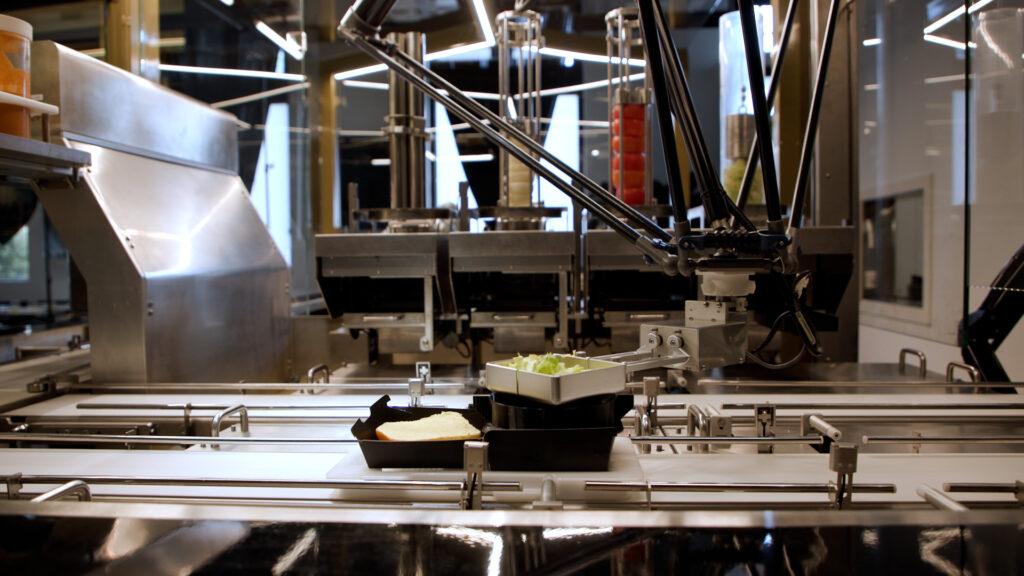
Die kompakte Roboterzelle ist ein Novum in der automatisierten Essenszubereitung, da sie zwei Robotertypen nahtlos mit einem intelligenten Bestandsüberwachungssystem verknüpft. Bei jedem Bestelleingang wird ein frisch gebratenes Burger-Patty auf einem Brötchen in eine Burger-Box gelegt. Die Box wird anschließend auf einem Transporttablett platziert, das mit einem QR-Code versehenen ist. Während sich das Tablett auf einem Förderband bewegt, gibt der IRB 360 FlexPicker in Windeseile und auf hygienische Weise die gewünschten Beläge hinzu – gemäß der im QR-Code gespeicherten Daten. Anschließend übernimmt YuMi die Fertigstellung des Burgers. Pro Burger dauert der gesamte Vorgang lediglich 27 Sekunden.
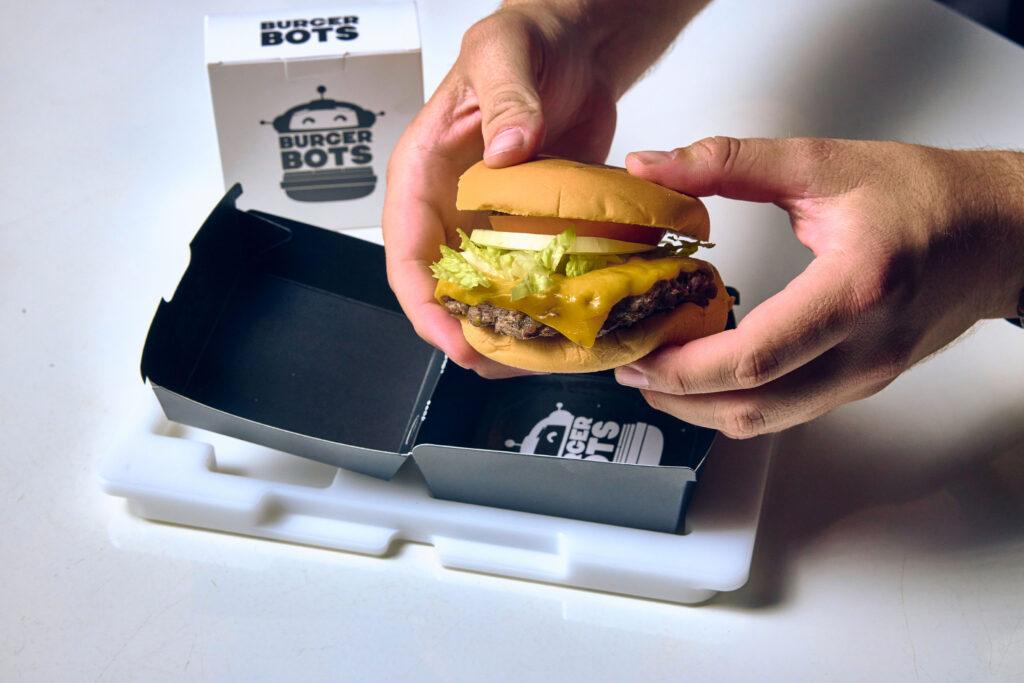
Die ABB-Robotersteuerung lässt sich zudem nahtlos in nicht-robotische Systeme einbinden. Sie ermöglicht eine Bestandsüberwachung der Zutaten, darunter Zwiebeln, Tomaten, Salat und Saucen, in Echtzeit und sorgt so für einen reibungslosen Ablauf und ein effizientes Küchenmanagement.
Eine der größten Herausforderungen für Restaurantbesitzer besteht heutzutage darin, Personal zu finden und an sich zu binden3. Eine hohe Fluktuation, steigende Lohnkosten und die Monotonie bestimmter Aufgaben im sogenannten „Back-of-House“-Bereich setzen Gastronomiebetriebe nach wie vor unter Druck. Die Automatisierung bietet nicht nur eine Möglichkeit, Personallücken zu schließen, sondern kann durch Reduzierung manueller Tätigkeiten und Verbesserung von Arbeitsabläufen auch dabei helfen, Jobs in der Gastronomie nachhaltiger und attraktiver zu gestalten.
Eine kürzlich von ABB Robotics in Auftrag gegebene Umfrage zeigt, dass ein Umdenken in diese Richtung stattfindet. Demnach sind 67 Prozent der Beschäftigten im Gastgewerbe der Ansicht, dass Robotik und Automatisierung zum Einsatz kommen sollten, um den Umfang an monotonen, schmutzigen und gefährlichen Arbeiten zu reduzieren4. Während 63 Prozent den Gedanken, dass Robotik ihren Job vereinfachen könnte, interessant finden, würden 65 Prozent der Befragten Roboter an ihrem Arbeitsplatz begrüßen, wenn dies die Arbeitssicherheit erhöhen würde.
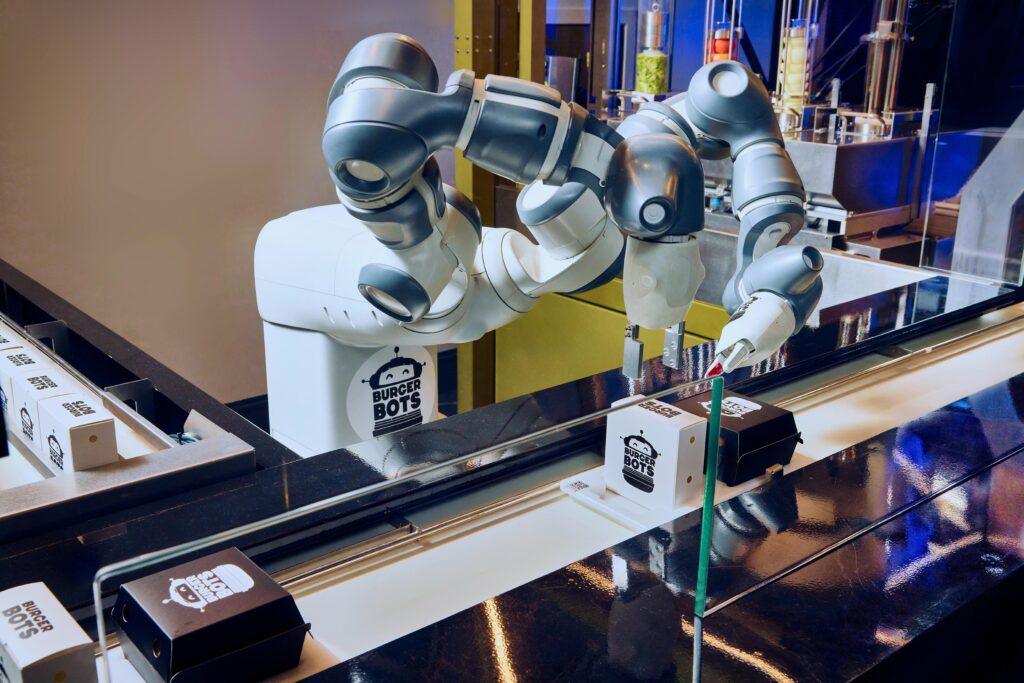
Die Idee zu BurgerBots stammt von der Unternehmerin Elizabeth Truong, die den Standort in Los Gatos als ersten Schritt zu einem breiteren kommerziellen Rollout sieht. „Die Vision war es, Konsistenz, Transparenz und Effizienz in die Gastronomie zu bringen. Für Restaurantbesitzer bedeutet das einen besseren Einblick in die Lebensmittelkosten, genauere Prognosen und letztendlich eine bessere Entscheidungsfindung. Ich glaube, dass in den kommenden fünf Jahren die meisten Restaurants über irgendeine Form der robotergestützten Automatisierung verfügen werden, sei es bei der Zubereitung im Back-of-House-Bereich, der Zusammenstellung oder auch im Front-of-House-Service. Es wird dann weniger eine Neuheit als vielmehr eine Notwendigkeit sein.“
BurgerBots ist die neueste in einer Reihe robotergestützter Innovationen für den Gastronomiebereich. Die Zusammenarbeit von ABB mit dem Unternehmen RoboEatz an der ARK – einer autonomen robotergestützten Küche, die in der Lage ist, Hunderte von Mahlzeiten mit minimalem menschlichem Eingriff zuzubereiten – demonstriert das Potenzial für eine hocheffiziente, hygienische und individualisierbare Essenszubereitung. Darüber hinaus unterstützt ABB das Unternehmen Makr Shakr bei der Realisierung von Barkeeper-Robotern, die schon bald in Lokalitäten rund um den Globus auf gekonnte Weise Getränke mixen werden. Diese Anwendungen sind nur zwei Beispiele dafür, wie die Robotik das Gastgewerbe dank Schnelligkeit und Konsistenz transformiert.
Die erste BurgerBots-Zelle ist mittlerweile in einem Restaurant in der Innenstadt von Los Gatos in Kalifornien in Betrieb. Weitere Informationen stehen unter www.burgerbots.com zur Verfügung.
